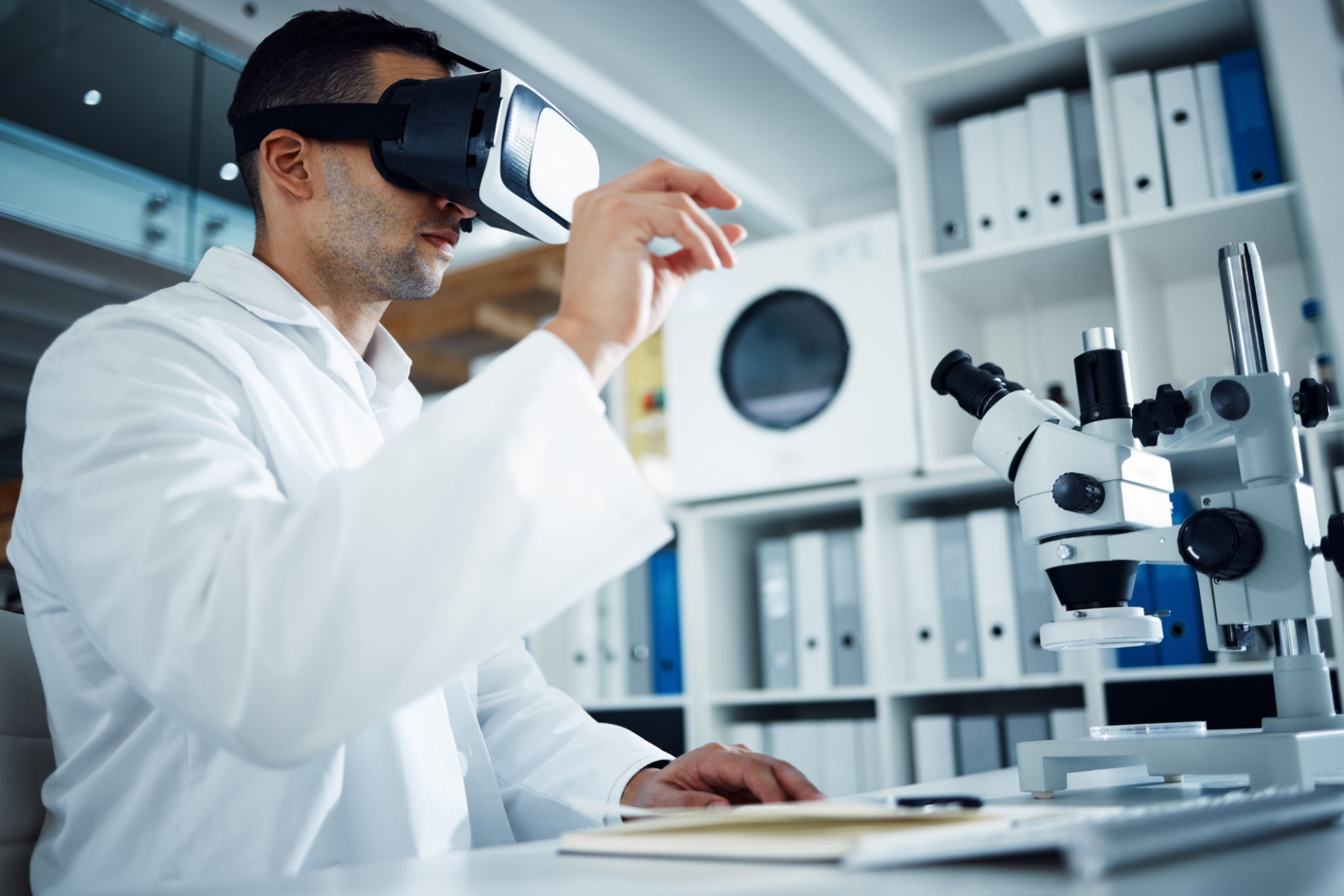Frequently Asked Questions About Smooth Muscle Organoids
What Are Smooth Muscle Organoids?
Smooth muscle organoids are three-dimensional cell cultures that mimic the structure and function of smooth muscle tissue in the body. These organoids are created using stem cells that differentiate into smooth muscle cells, providing researchers with a more accurate model for studying muscle function and disease. The development of smooth muscle organoids represents a significant advancement in biomedical research, allowing for more precise experimentation and potential therapeutic applications.

Why Are Smooth Muscle Organoids Important?
Organoids offer a revolutionary approach for studying human biology and disease. Smooth muscle organoids, in particular, are crucial because they help researchers understand conditions such as asthma, hypertension, and irritable bowel syndrome, which involve dysfunction of smooth muscle tissue. By closely replicating human physiology, these organoids enable scientists to explore disease mechanisms and test new treatments in a controlled environment.
How Are Smooth Muscle Organoids Created?
The creation of smooth muscle organoids involves several steps. Initially, pluripotent stem cells are cultured under specific conditions to encourage them to differentiate into smooth muscle cells. Growth factors and other signaling molecules are often used to direct this differentiation process. Once the cells have developed into smooth muscle cells, they self-organize into three-dimensional structures, forming organoids that closely resemble natural tissue.

What Challenges Do Researchers Face?
Despite their potential, creating and maintaining smooth muscle organoids comes with challenges. One major hurdle is ensuring the organoids develop the same structural and functional complexity as natural tissue. Additionally, researchers must refine techniques to control cell differentiation and maintain the viability of organoids over extended periods. Addressing these challenges is essential for maximizing the utility of organoids in research and treatment development.
What Are the Potential Applications?
Smooth muscle organoids hold promise for several applications. They can be used in drug discovery to test the efficacy and safety of new treatments before clinical trials. Furthermore, they offer a platform for personalized medicine, where patient-derived organoids allow for customized drug testing and treatment plans. This could lead to more effective therapies tailored to individual patient needs.

What Are the Ethical Considerations?
Like any cutting-edge technology, the use of organoids raises ethical questions. Concerns include the potential for creating sentient life forms and the implications of using stem cells in research. However, researchers strive to adhere to strict ethical guidelines to ensure that their work is conducted responsibly. Ongoing dialogue between scientists, ethicists, and the public is vital to navigate these complex issues.
How Do Smooth Muscle Organoids Compare to Traditional Models?
Compared to traditional two-dimensional cell cultures or animal models, smooth muscle organoids offer distinct advantages. They provide a more accurate representation of human tissue, which can lead to better insights into disease mechanisms. Additionally, they reduce the need for animal testing, aligning with ethical considerations regarding animal welfare. However, traditional models are still valuable for certain types of studies where organoids may not yet replicate all aspects of human biology.
Future Directions in Organoid Research
The field of organoid research is rapidly evolving, with new techniques and applications emerging regularly. Future directions could include refining the scalability of organoid production and integrating them with other types of tissue models to create more comprehensive systems. As technology advances, the potential to use organoids in regenerative medicine and transplantation also becomes more feasible.